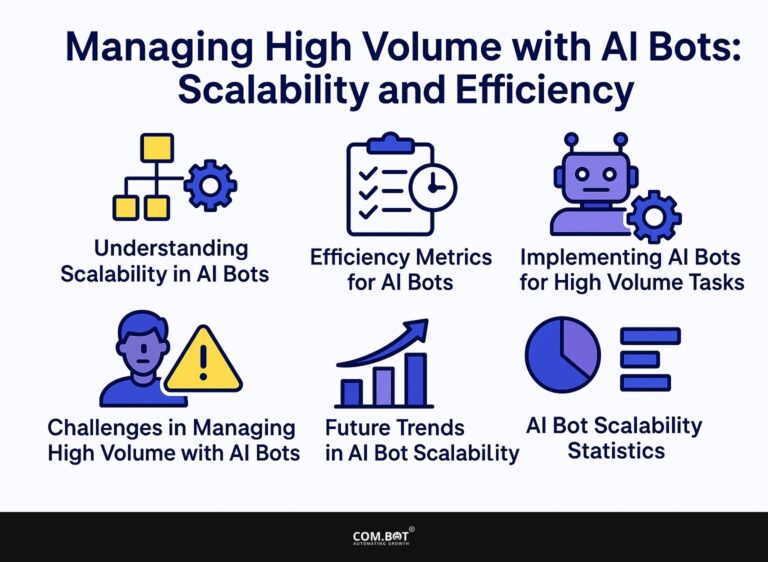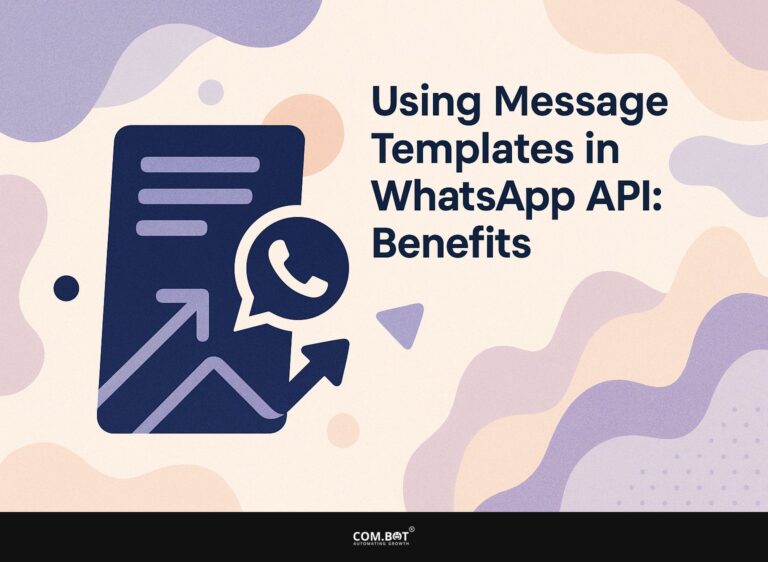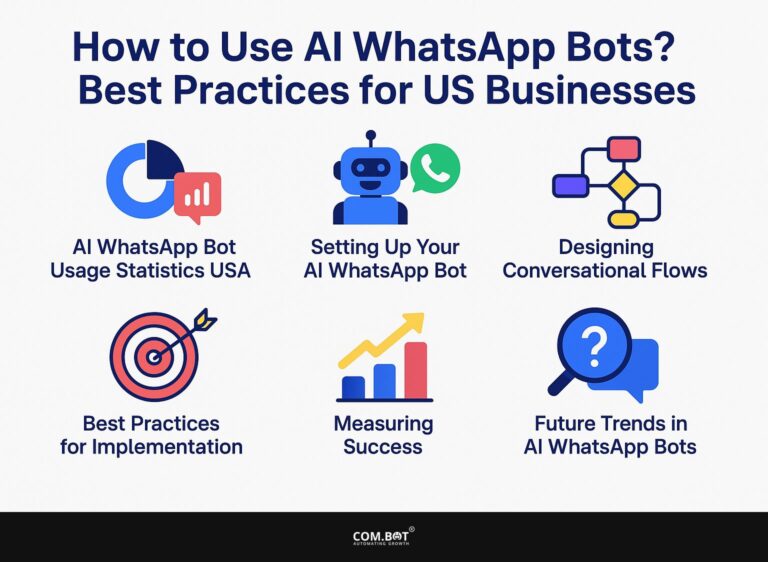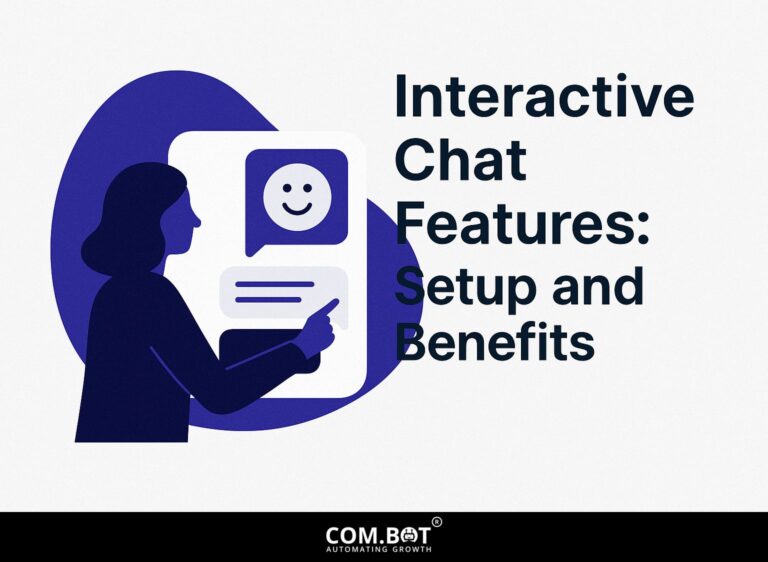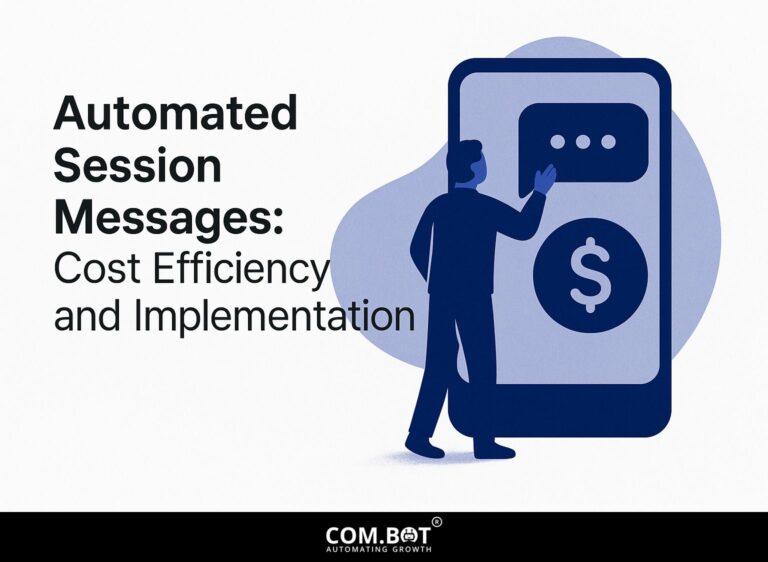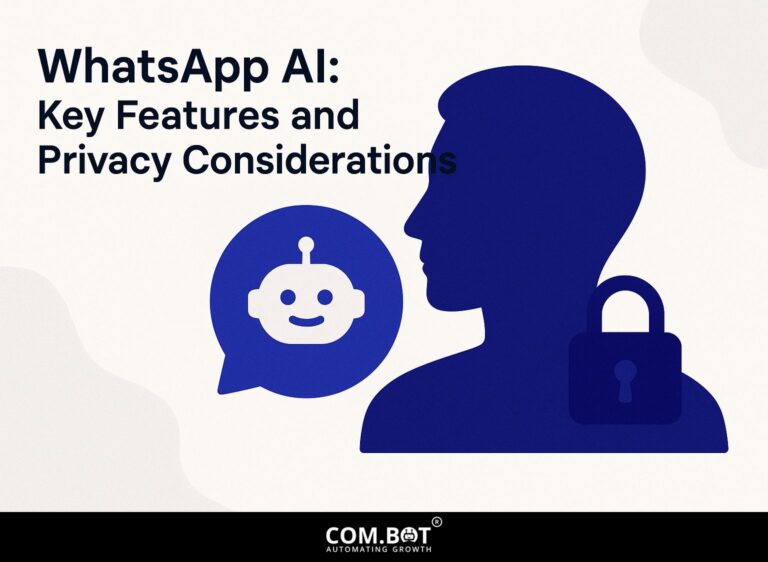How to Assign CRM Integration at AI Agent-Level: Step-by-Step Guide
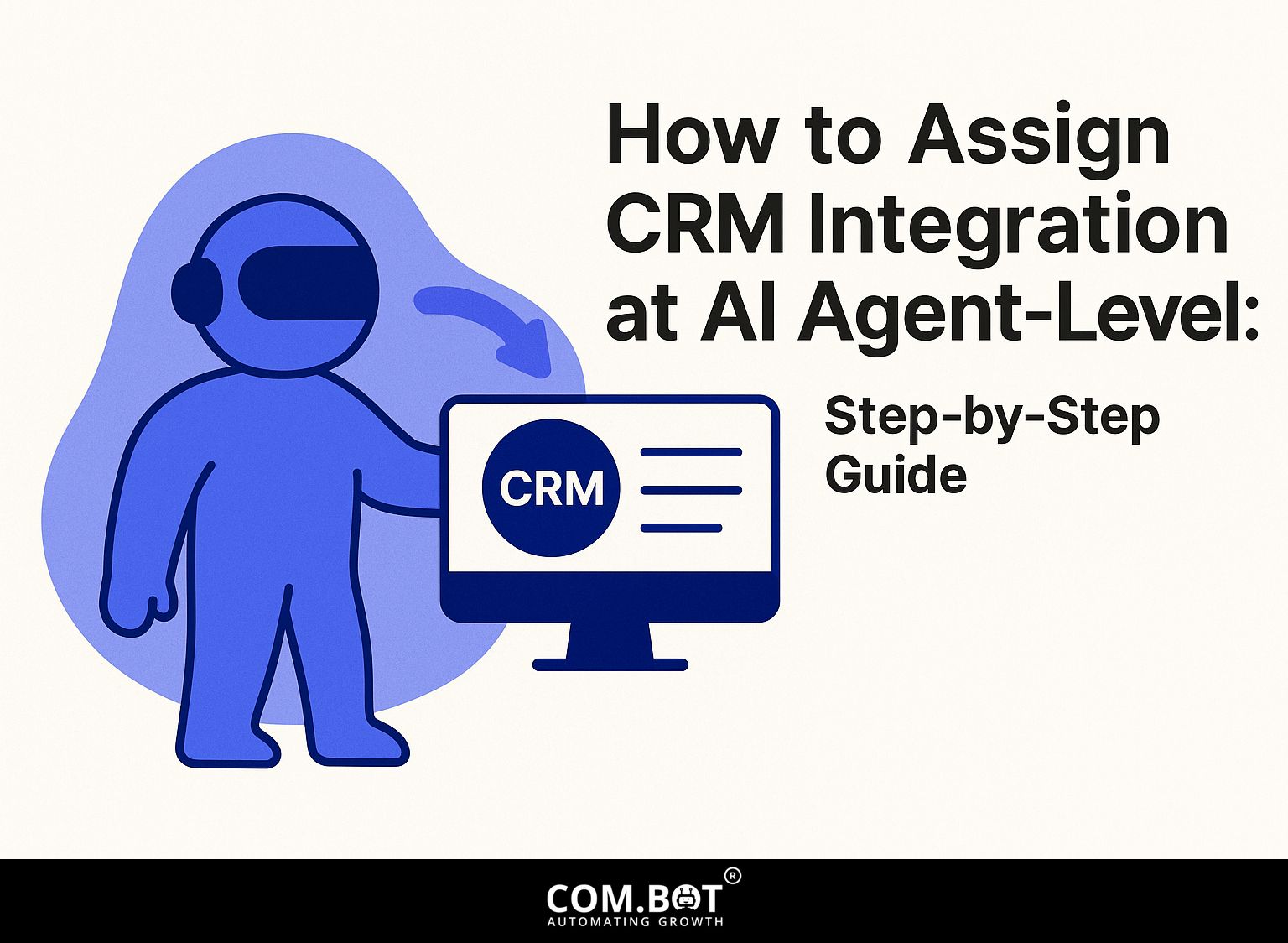
Using CRM systems with AI agents can change the way businesses handle conversations and manage customer relationships. This guide explains how to set up personalized AI for conversations and link it with your API. This allows your AI agents to respond accurately to events in your CRM. By the end, you will learn how to make processes work better and improve your customer interactions, making your CRM a useful tool for growing your business. Let’s dive in!
Key Takeaways:
- Understand the importance of CRM integration at AI agent-level and its impact on overall customer relationship management.
- Choose the right tools and design effective integration workflows to seamlessly integrate AI agents into your CRM system.
- Regularly check and update AI agents to make them work better and stay current with changes in CRM and AI joining together.
- 1 Understanding AI Agents
- 2 Preparing for CRM Integration
- 3 Step-by-Step Integration Process
- 4 Testing and Validation
- 5 Best Practices for Ongoing Management
- 6 AI Integration in CRM Systems
- 7 Frequently Asked Questions
- 7.1 1. What is CRM integration at AI agent-level?
- 7.2 2. Why is it important to assign CRM integration at AI agent-level?
- 7.3 3. How do I assign CRM integration at AI agent-level?
- 7.4 4. What are the benefits of assigning CRM integration at AI agent-level?
- 7.5 5. Are there any challenges in assigning CRM integration at AI agent-level?
- 7.6 6. Can I assign CRM integration at AI agent-level on my own?
1. Importance of CRM in AI
AI-driven CRM systems can greatly improve customer satisfaction, leading to a 20% increase in retention rates for systems that are properly integrated.
By studying how customers act and their past purchases, businesses can predict what customers will do next using tools like Customer Lifetime Value (CLV) and customer dropout rates.
For instance, Salesforce’s Einstein AI feature helps identify upsell opportunities, resulting in an average increase of 25% in sales conversions. Another tool, HubSpot, uses predictive lead scoring to rank leads, making the process quicker by focusing on customers who are most likely to buy.
Using AI information helps businesses customize their communication plans, which greatly increases involvement and loyalty. To fully harness these benefits, exploring creating custom CRM integration can provide additional insights into streamlining processes and enhancing customer interaction.
2. Overview of AI Agent-Level Integration
Integrating AI at the agent level means directly adding AI features into CRM systems, allowing for immediate support and customized customer interactions via webhook URLs.
LivePerson works with Salesforce to help companies manage conversations using automated replies and natural language technology. This leads to faster problem-solving and greater customer happiness.
Implementing predictive analytics enables reps to identify customer intent based on past interactions, thus improving upsell opportunities.
Tools like Zapier can connect webhooks to create automatic processes, such as triggering additional tasks based on customer activities. Using these AI-powered methods improves the customer experience and makes operations run more smoothly.
Understanding AI Agents
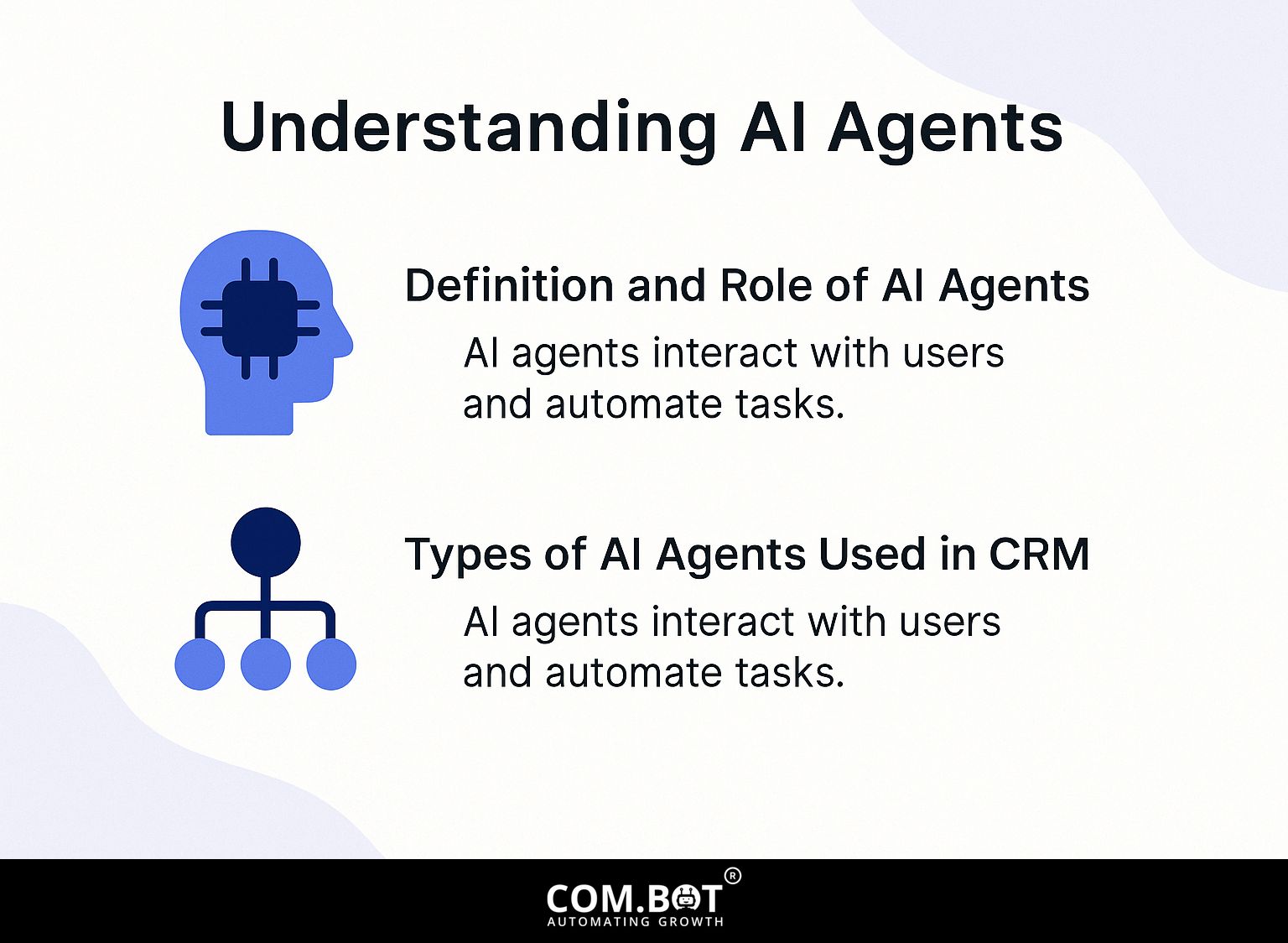
AI agents function as intelligent tools that use natural language processing to aid in automating customer interactions, significantly enhancing the tracking of conversation history. Implement this by following the methodology outlined in our guide on AI bots for customer support, which explores their benefits and how they can improve customer satisfaction.
1. Definition and Role of AI Agents
An AI agent is a software-based entity that engages in conversations with customers, managing the conversation lifecycle from initiation to resolution. These agents can manage various customer tasks, such as responding to typical inquiries, processing orders, or providing personalized guidance.
Some successful examples are Sephora’s Virtual Artist, which lets customers try on makeup online, and H&M’s chatbots, which help users find clothes they like.
Tools like Drift and Intercom can be added to websites to improve customer interaction. By strategically using AI agents, companies can reduce response times and operational costs while offering a seamless customer experience.
2. Types of AI Agents Used in CRM
Three main kinds of AI agents improve CRM systems:
- chatbots for immediate messaging,
- virtual helpers for scheduling meetings,
- customer support agents for detailed questions.
Chatbots, such as HubSpot’s tool, simplify customer interactions by giving quick answers to common questions, helping to keep customers interested and coming back.
Virtual assistants such as Microsoft’s Cortana can arrange schedules and organize meetings, allowing teams to focus on planning and making decisions.
For complicated questions, experienced customer support agents use AI to look at customer records and offer solutions that fit their needs.
These tools can connect with your CRM to improve functionality, allowing you to track interactions across different channels.
Preparing for CRM Integration

To get ready for CRM integration, carefully check the existing CRM systems and clearly define the integration objectives for a seamless changeover. This approach has significant implications for successful lead management-our Com.bot Sales Ops Lead Routing demonstrates the practical application.
1. Assessing Current CRM Systems
Looking closely at current CRM systems can show important abilities for analyzing data and problems that might affect how systems work together.
- Start by evaluating user satisfaction through surveys, measuring metrics like response time and user engagement.
- Use tools such as Zoho’s analytics to track customer interactions and sales conversions effectively.
- Next, analyze data accuracy by comparing records across different systems, ensuring consistency.
- Assess integration capabilities by listing required APIs and third-party tools your business uses.
- Document any gaps or challenges you encounter; this will inform any necessary upgrades or changes to your CRM strategy.
2. Identifying Integration Goals
Having clear integration goals can make sales processes up to 40% more efficient and significantly improve customer engagement metrics. To set these goals, start by identifying key performance indicators (KPIs) such as response times and customer satisfaction scores.
For example, try to reduce average response time by 20% by using a CRM like HubSpot to handle follow-ups. Track customer feedback through surveys and set a target to improve satisfaction scores by 15% within six months.
Check these measurements often to change your plan, keeping your integration in line with changing business goals.
Step-by-Step Integration Process
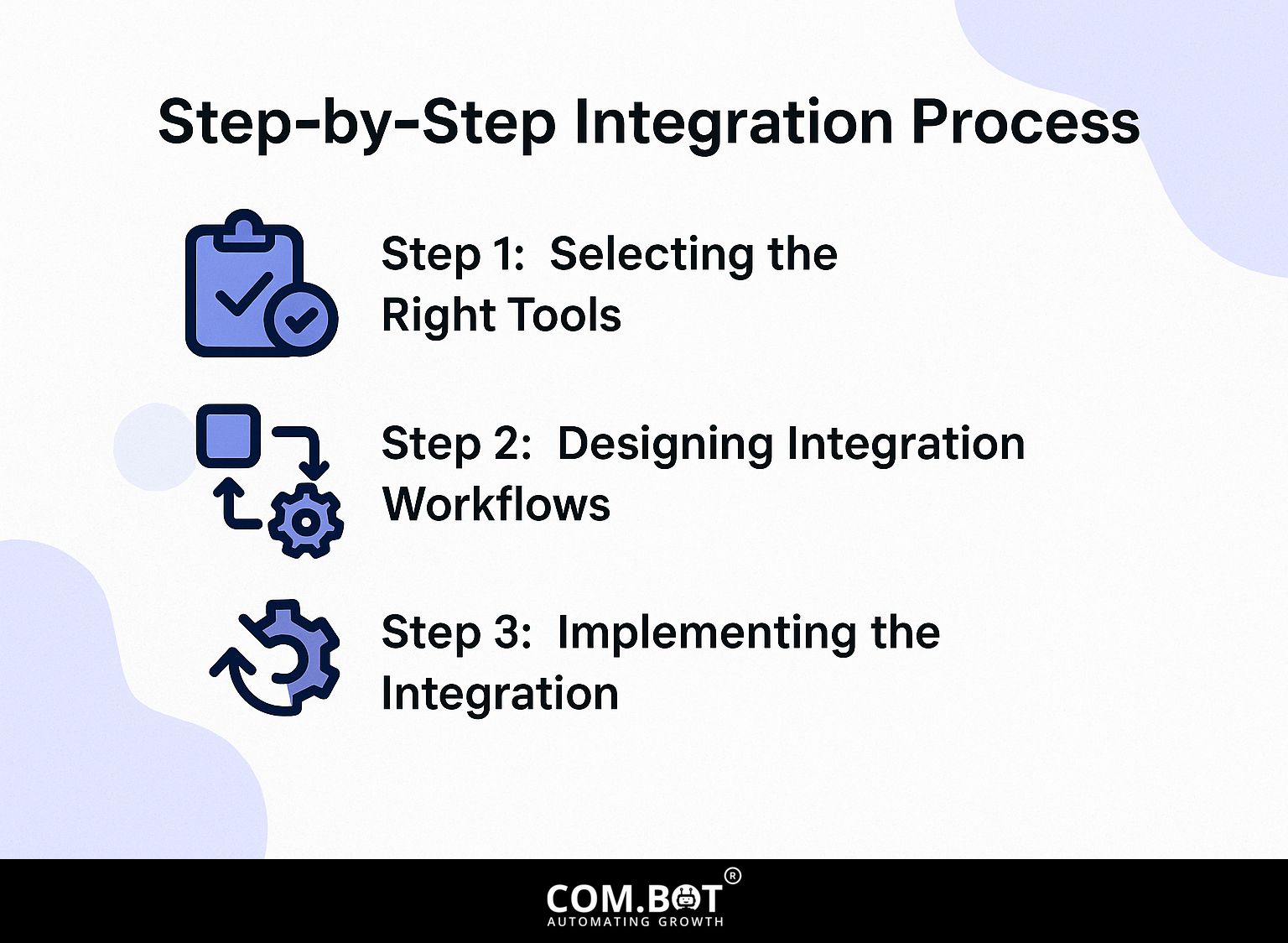
The process to combine systems involves multiple actions, starting with selecting the right tools and finishing with organizing procedures to make communication smoother. For an extensive analysis of this trend, our comprehensive study on creating custom CRM integrations examines both the process and benefits, offering valuable insights into enhancing system communication.
Step 1: Selecting the Right Tools
Choosing the appropriate tools, like Salesforce for strong CRM functions or Freshworks for user-friendly features, is important for effective integration with AI agents.
Salesforce offers extensive features like customizable dashboards and advanced reporting, starting at $25 per user per month.
Freshworks, priced from $12 per user per month, shines in user-friendliness with quick onboarding and intuitive design. HubSpot, another excellent choice at $45 per month, provides seamless marketing and sales alignment but may require more setup time.
For small to medium businesses that want easy setup and cost-effective solutions, Freshworks is often a great choice, offering affordable pricing with important CRM features.
Step 2: Designing Integration Workflows
Creating integration workflows means setting up processes with multiple steps that use technology to handle important event types, improving how customers experience interactions.
To create effective integration workflows, start by mapping out the process steps. Tools like Microsoft Power Automate help you make diagrams that show each step clearly.
You can make the onboarding process easier by linking form entries in Microsoft Forms to a customer database in SharePoint. Use triggers like ‘When a new response is submitted’ to kick off the workflow, followed by actions such as ‘Create item’ to log details automatically. This method cuts down on manual input, lowers mistakes, and keeps the customer experience steady.
Step 3: Implementing the Integration
Setting up the integration needs careful webhook configuration and the use of access tokens to keep communication between systems secure. It’s necessary to check incoming requests with a secret signature to stop unauthorized access.
Use tools like Postman to test your webhook functionality before going live. Implement access token management, ensuring tokens are stored securely and refreshed regularly.
Remember to configure proper error handling, logging, and, if necessary, encryption to safeguard sensitive data during transmission. Begin by defining your webhook endpoint in your application, using a coded snippet like
app.post('/webhook', (req, res) => {...)
It’s important to check incoming requests with a secret code to stop unauthorized access. Use tools like Postman to test your webhook functionality before going live. Implement access token management, ensuring tokens are stored securely and refreshed regularly.
Remember to configure proper error handling, logging, and, if necessary, encryption to safeguard sensitive data during transmission.
Testing and Validation
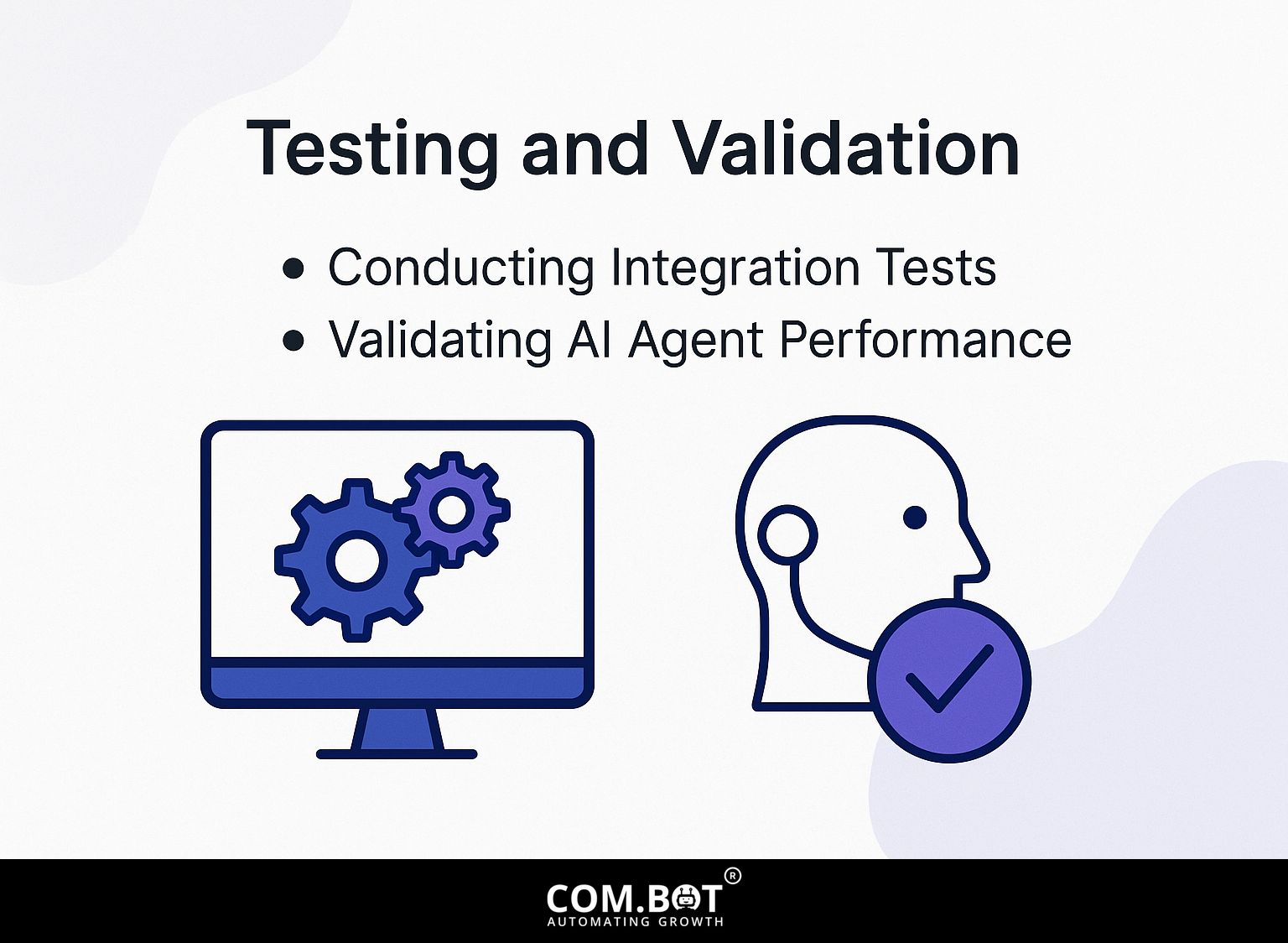
Testing and validation are important steps in combining systems to check that AI agents work correctly and meet customer satisfaction standards.
1. Conducting Integration Tests
Running integration tests includes examining live event logs to monitor how things are working and spot any problems that might occur while running.
- Start by developing specific test cases that mirror actual user scenarios, like data entry or system response to requests.
- Use tools like Postman for API testing to check that endpoints work correctly.
- Track metrics like response time and error rates, aiming for a maximum response time of under 200 milliseconds and an error rate below 1%.
- Look at these logs often to find any slow spots or data problems so you can fix them quickly before going live.
2. Validating AI Agent Performance
Checking AI agent performance means looking at customer feedback and session details to make sure the agents meet both operational standards and user expectations.
To begin, use tools like SurveyMonkey or Qualtrics to collect feedback from users about their experiences with the AI.
Analyze metrics such as response accuracy, average handling time, and customer satisfaction ratings (CSAT). Use session replay tools like FullStory or Hotjar to watch how users interact and find problems as they happen.
Establish benchmarks for success-aim for a CSAT score above 80% and a response accuracy rate of 90% or higher. Regularly check these measurements to improve AI performance.
Best Practices for Ongoing Management
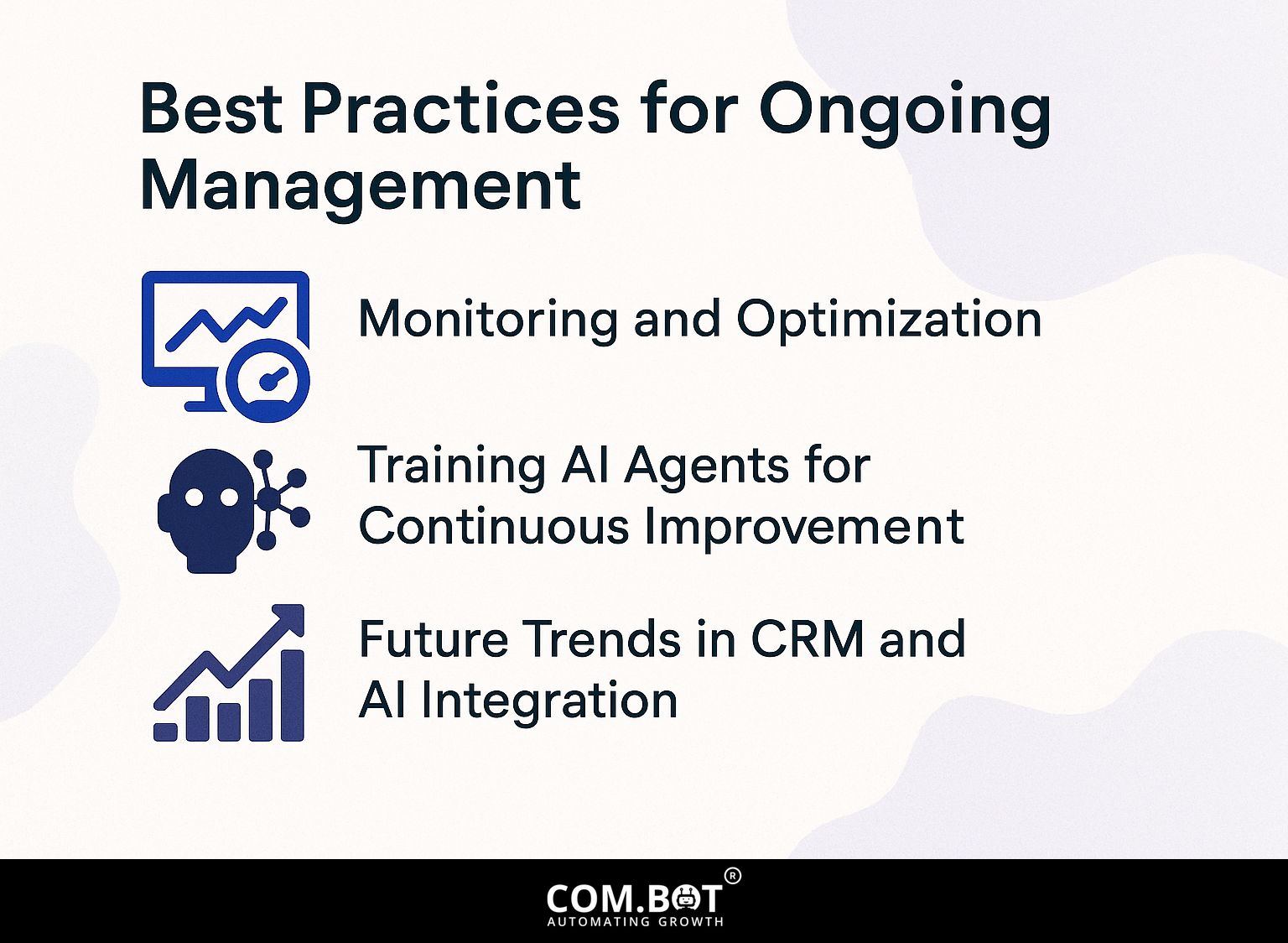
Managing AI agents after they are set up helps them work better over time, which can greatly improve how businesses handle customer relationships. For those looking to enhance their AI systems further, managing scalability and efficiency is crucial in maintaining high performance and adapting to growing demands.
1. Monitoring and Optimization
Regular checks and improvements of AI agents can make predictive analytics better and increase the efficiency of CRM tasks.
To monitor how AI agents are doing, use tools such as Google Analytics to see visitor statistics and Tableau to create charts of data trends.
Establish key metrics such as prediction accuracy, response times, and customer engagement levels to quantify improvements. Consider setting weekly check-ins to review these metrics, ensuring any anomalies are addressed quickly.
To simplify the process, use dashboards in software such as Power BI. These dashboards gather data and show it in a clear way, helping team members stay updated and make decisions based on data.
2. Training AI Agents for Continuous Improvement
Regular training of AI agents is important for steady improvement, using user feedback to improve skills and make customer interactions better.
To make use of user feedback, set up a system where users can quickly share their ideas or problems. Tools like UserVoice or Zendesk can simplify this process.
Regularly study interaction data to find performance trends and areas needing improvement. If a particular response often receives negative feedback, revise the training data associated with that input.
Tools like Google Cloud AutoML allow you to manage and modify your training data as needed, ensuring your AI meets user demands.
3. Future Trends in CRM and AI Integration
Recent progress in merging CRM with AI indicates an increase in the use of AI tools to simplify work processes and raise customer satisfaction levels.
For example, companies like Salesforce use predictive analytics to predict customer preferences, allowing businesses to tailor their products more precisely.
Similar to HubSpot, the AI tools enable quick chats, speeding up responses and improving customer service. Using chatbots like those from Drift can make communication easier by dealing with basic questions, allowing human agents to focus on more complicated matters.
By using these technologies, businesses can make their sales processes work better and offer a customized experience to customers.
AI Integration in CRM Systems
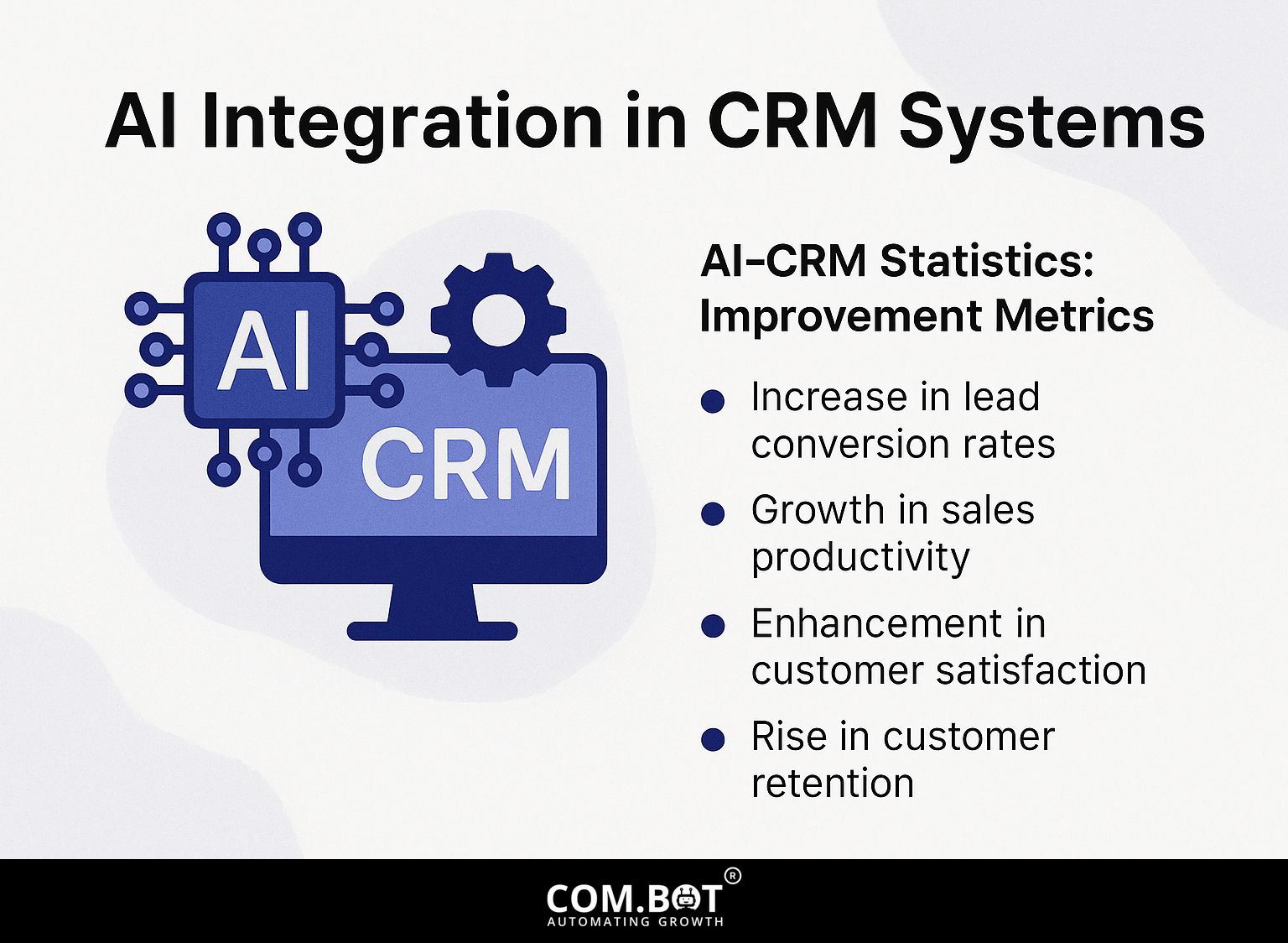
AI-CRM Statistics: Improvement Metrics
The data on AI Integration in CRM Systems highlights the significant impact of artificial intelligence on customer relationship management. Using AI in CRM systems is changing how companies deal with customers, simplify processes, and save money.
Improvement Metrics provide information on three main areas where AI is creating benefits:
- Improvement in Customer Interactions: With AI-driven virtual sales leading to a 65% improvement, companies can improve how they interact with customers. AI tools like chatbots and virtual assistants offer customized help, which makes interactions quicker and more enjoyable for customers.
- Cost Savings: AI-CRM integration yields significant cost savings, with a reported 41% reduction in expenses. Using machines to handle routine tasks and analyze data reduces the need for many employees, which lowers costs and allows companies to use their resources better.
- Improvement in Response Times: AI contributes to a 30% faster response time Improving the customer experience by offering fast and correct answers to questions. AI-driven systems can manage large volumes of data and interactions, ensuring timely responses without sacrificing quality.
These metrics show the benefits of adding AI to CRM systems. By enhancing customer interactions, reducing costs, and improving response times, businesses can achieve higher customer satisfaction and operational efficiency. The information shows that AI makes existing CRM functions better and assists in organizing customer interaction plans to manage upcoming difficulties in a challenging market.
Frequently Asked Questions
1. What is CRM integration at AI agent-level?
CRM integration at AI agent-level is the process of connecting a customer relationship management system with an artificial intelligence agent. This allows for seamless communication and data sharing between the two systems, improving overall efficiency and customer service.
2. Why is it important to assign CRM integration at AI agent-level?
Connecting CRM systems directly to AI agents is important because it helps businesses improve their customer service and sales tasks. It also allows for better customer data management and improves the overall customer experience.
3. How do I assign CRM integration at AI agent-level?
To assign CRM integration at AI agent-level, follow these steps:
- Identify your CRM system and AI agent
- Determine the integration capabilities of each system
- Map out the data flow and communication process between the two systems
- Set up the necessary connections and configurations
- Test and adjust the integration as needed
- Train your team on how to use the integrated systems effectively
4. What are the benefits of assigning CRM integration at AI agent-level?
The benefits of assigning CRM integration at AI agent-level include:
- Improved efficiency and productivity
- Better customer data management and comprehension
- Easy communication between systems
- Improved customer service and experience
5. Are there any challenges in assigning CRM integration at AI agent-level?
Yes, there can be challenges in assigning CRM integration at AI agent-level, such as compatibility issues between systems, technical difficulties, and the need for proper training and management. It is important to thoroughly research and plan the integration to minimize potential challenges.
6. Can I assign CRM integration at AI agent-level on my own?
You can set up CRM integration at the AI agent level by yourself, but it’s a good idea to get help from an IT expert or consulting service. They can help with a smooth and successful integration and offer support and troubleshooting if any problems come up.
